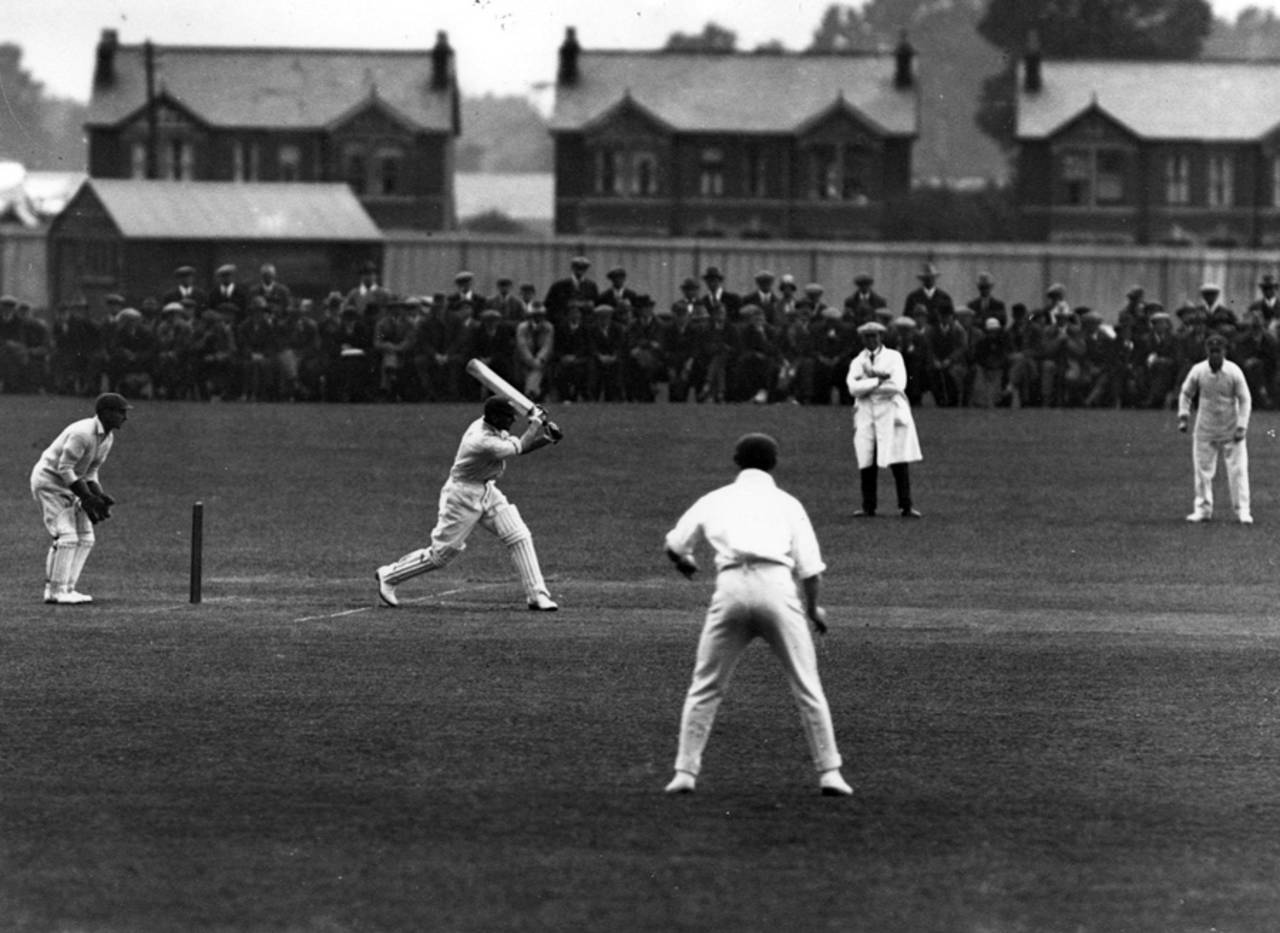Until the revolution of the early nineties, when All Played Out, Fever Pitch and Football against the Enemy changed the landscape of sporting literature forever, there was a feeling among football writers that cricket writers had an easy deal. Part of the reason for the great splurge of football writing over the past two decades is simply that there was so little of it before: there are generations of players, now long-retired, suddenly discovering that there is a market for their whimsical recollections of playing at a mediocre level for an average club, while a new wave of small publishers has been taking risks on bewilderingly recondite topics.
Whether anybody actually makes any money out of it is another issue, but football literature now seems to have caught up with cricket both in terms of quality and quantity. Whether cricket ever really enjoyed the sort of glut football is now enjoying is debatable but it is true that some very strange cricket books were published. Take, for example, Ralph Barker's 1964 book
Ten Great Innings.
It's a book that seems very simple but is nowhere near as straightforward as it appears. As Neville Cardus puts it in his introduction, it is "lacking the staleness of sophistication". Barker is essentially a fan, not a former player or a would-be coach, and most certainly not a journalist, jaded by the routine of game after game, deadline after deadline. "He is," Cardus went on, "enthusiastic and, without trimmings, creates the scene and the excitement and curiosity of the average man and boy who has paid at the gates." As he notes, there is a simplicity, a directness to the prose; there are very few literary pretensions.
But the biggest issue is: why? Who decided that this was a great idea for a book? In fact, it's barely even an idea. It's not the ten greatest innings, it's just ten great innings. They are linked by nothing apart from the fact that Barker felt like writing about them. As Cardus points out, "So exactly does he describe the runs, how they were made, the bowling in its variety, the strokes and the fielding, that you might miss the little by-the-way touches of picturesque and, sometimes, ironical comment." The sense is that Barker is writing from memory, yet the fact that he was only eight at the time of the earliest innings in the book, Jack Hobbs' century on a drying pitch against Australia
at The Oval in 1926, makes that seem extremely unlikely.
Given he was born in Feltham, it's entirely plausible he was there, but no eight-year-old, surely, would have taken notes detailed enough for the account he gives. Rather this is a very skilful piece of reconstruction, using interviews and newspaper reports. And that raises issues about genre: a journalist would have included rafts of quotation from the greats who played the innings - all of whom, he would note in his acknowledgements, he either interviewed or corresponded with. So what is this? It is history of a sort but you wonder at times whether it isn't at least in part fiction, reimaginings of real events in the style of Bruce Chatwin. Perhaps, before Youtube, this is what you had to do.
Barker himself worked in banking until the outbreak of the Second World War, when he joined the RAF and became a wireless operator and air gunner. He stayed in the RAF until 1961, by which time he was already the author of numerous books on aviation history and cricket. Which again raises the issue of why him? Ten Great Innings was his first cricket book but it feels more like an idea for a Christmas book an ageing former international might lend his name to than a work by a military historian.
Yet for all the oddity of its existence, the book succeeds. It makes memorable innings that would otherwise be lost and also, perhaps even more importantly, offers snapshots of an age. The Hobbs innings - itself a slightly quirky choice, given he scored exactly 100 while his opening partner Herbert Sutcliffe went on to make 161 - gives a vivid impression of the vagaries of uncovered pitches. You sense the awe as Learie Constantine blasted a century in just over an hour
against Middlesex in 1928 - a seemingly impossible pace at the time. You grasp the rustic appeal of Harold Gimblett as he blazed 123
against Essex in 1935, and how much country cricket
mattered then.
These are postcards from the past, ultimately intriguing less for the innings themselves than for the details that surround them. It's an idiosyncratic book, one that, despite being based on the simplest of concepts, is almost impossible to categorise, and one whose genesis seems unimaginable. And yet it is also a book written of love of great sporting feats that allows us a sense of what it would have been like to witness them first-hand.
